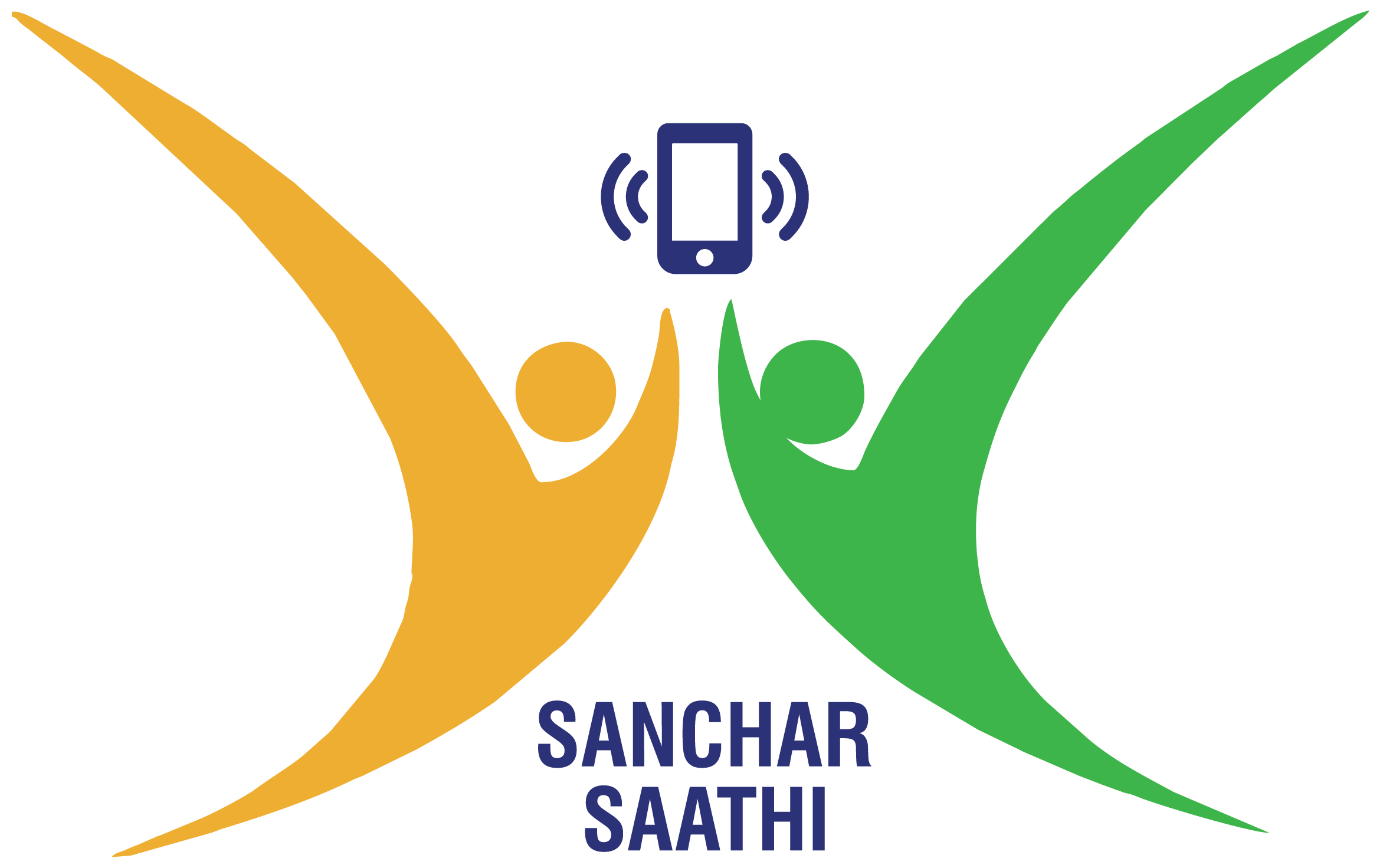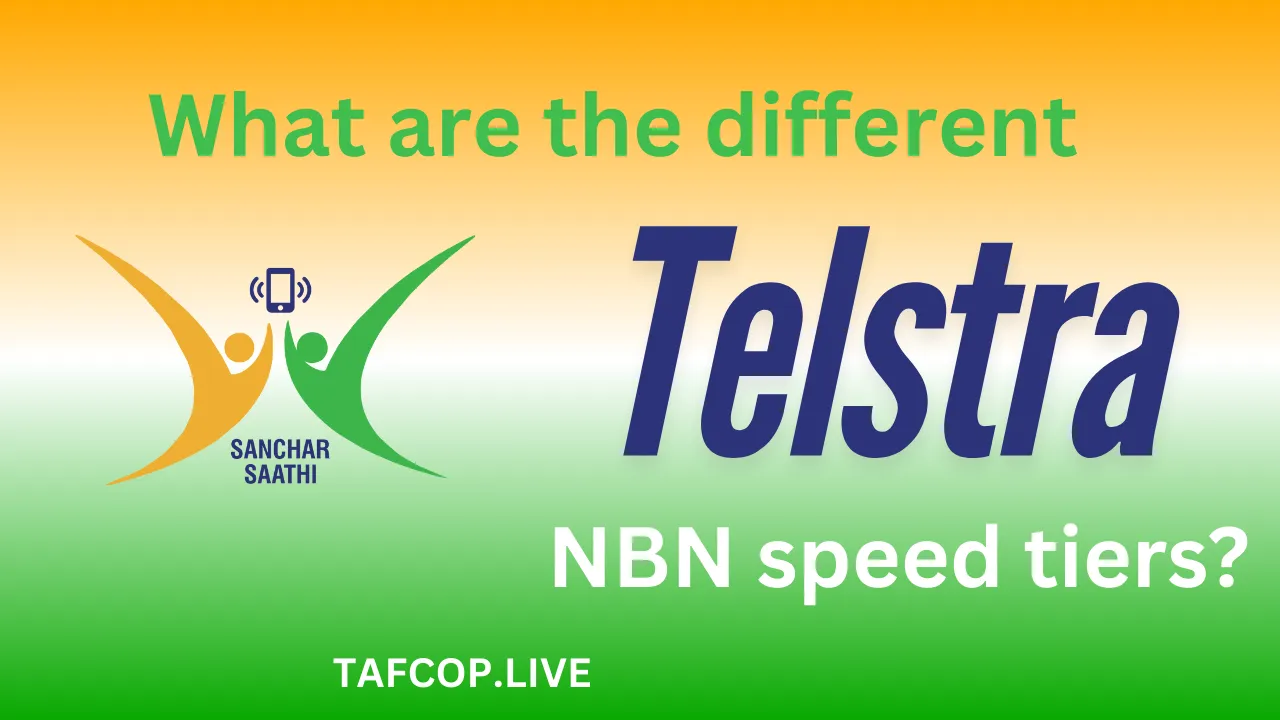Ever felt like your internet is moving at the speed of a sleepy koala? You’re not alone. In Australia, where streaming, gaming, and working from home are part of daily life, picking the right NBN speed tier can feel like choosing the perfect coffee order—get it wrong, and your whole day suffers. Telstra, one of the biggest players in the Aussie broadband game, offers several NBN speed tiers to match different needs, from casual browsing to hardcore 4K streaming.
The different Telstra NBN speed tiers include NBN 25 (Basic), NBN 50 (Standard), NBN 100 (Fast), NBN 250 (Superfast), and NBN 1000 (Ultrafast). Each tier comes with varying download and upload speeds, prices, and ideal use cases. Whether you’re a solo surfer or a household of data-hungry streamers, Telstra has a plan to keep you connected without buffering frustrations.
What are the different Telstra NBN speed tiers?
Telstra offers five NBN speed tiers: NBN 25 (Basic), NBN 50 (Standard), NBN 100 (Fast), NBN 250 (Superfast), and NBN 1000 (Ultrafast)—each designed for different online needs, from light browsing to heavy 4K streaming and gaming.
Explore Subheadings Related to Telstra NBN Speed Tiers
1. What Is NBN 25 (Basic) and Who Should Use It?
NBN 25, also called Basic, is the most budget-friendly option, offering download speeds up to 25 Mbps and uploads around 5 Mbps. It’s like the bicycle of internet plans—gets you where you need to go, but don’t expect to win any races.
This tier is best for light users—think single-person households, occasional browsing, or checking emails. If you’re the type who only streams in SD (and doesn’t mind waiting a few extra seconds for videos to load), NBN 25 might work. But for families or remote workers? It’ll feel slower than a dial-up connection in a thunderstorm.
2. Is NBN 50 (Standard) Good for Families?
NBN 50 bumps things up with download speeds of 50 Mbps and uploads around 20 Mbps. It’s the Goldilocks of Telstra’s NBN plans—not too slow, not too expensive, just right for most Aussie households.
Yes, NBN 50 is great for small to medium families who stream, game, and video call without major hiccups. Picture this: Mum’s watching Netflix in HD, Dad’s on a Zoom call, and the kids are gaming—all at the same time, without constant buffering. That’s the magic of NBN 50.
3. When Should You Upgrade to NBN 100 (Fast)?
NBN 100 delivers 100 Mbps downloads and 40 Mbps uploads, making it a solid pick for heavy internet users. If NBN 50 feels like a crowded highway during peak hour, NBN 100 is the extra lane that keeps traffic flowing smoothly.
Upgrade to NBN 100 if you have multiple 4K streams, large file downloads, or work from home regularly. Gamers will love the lower lag, and remote workers won’t tear their hair out during video conferences.
4. What’s the Deal with NBN 250 (Superfast)?
Now we’re talking speed! NBN 250 offers 250 Mbps downloads and 25 Mbps uploads—perfect for households where everyone’s online 24/7. Imagine downloading a full HD movie in minutes, not hours.
This tier is ideal for power users, large families, or smart homes with heaps of connected devices. If you’ve got 4K streaming on three TVs, cloud backups running, and a teenager live-streaming Fortnite, NBN 250 keeps everything running like butter.
5. Who Really Needs NBN 1000 (Ultrafast)?
NBN 1000 is the Ferrari of Telstra’s NBN plans—1000 Mbps downloads and 50 Mbps uploads. It’s overkill for most, but if you’re a serious gamer, content creator, or just hate waiting for anything to load, this is your dream plan.
Only consider NBN 1000 if you frequently download huge files, run a home server, or have a smart home with dozens of devices. For the average Aussie? It’s like using a flamethrower to light a candle—cool, but unnecessary.
Comparison of Telstra NBN Speed Tiers
| Speed Tier | Download Speed | Upload Speed | Best For |
|---|---|---|---|
| NBN 25 (Basic) | 25 Mbps | 5 Mbps | Light browsing, single users |
| NBN 50 (Standard) | 50 Mbps | 20 Mbps | Small families, HD streaming |
| NBN 100 (Fast) | 100 Mbps | 40 Mbps | Heavy streaming, remote work |
| NBN 250 (Superfast) | 250 Mbps | 25 Mbps | Large households, 4K streaming |
| NBN 1000 (Ultrafast) | 1000 Mbps | 50 Mbps | Gamers, content creators, tech-heavy homes |
FAQs About Telstra NBN Speed Tiers
Can I Change My Telstra NBN Speed Tier Later?
Yes! You can upgrade or downgrade your plan anytime, though some contracts may have terms.
Does Telstra Offer Evening Speed Boosts?
Some plans include evening speed guarantees (usually 6 PM–11 PM), so your Netflix doesn’t buffer during peak times.
Is NBN 1000 Available Everywhere in Australia?
No—NBN 1000 requires Fibre to the Premises (FTTP) or some Hybrid Fibre Coaxial (HFC) connections. Check Telstra’s website to see if it’s in your area.
Final Thoughts: Which Telstra NBN Speed Tier Is Right for You?
Choosing the right NBN speed tier depends on how you use the internet. If you’re a solo surfer, NBN 25 or 50 will do. For families, NBN 100 is the sweet spot. And if you’re a tech enthusiast who demands the fastest speeds possible, NBN 250 or 1000 will keep you zooming along.
“The right internet speed is like a good pair of shoes—it should fit your lifestyle perfectly.”
So, before you commit, ask yourself: How many devices are running? Do I stream in 4K? Am I working from home? Once you’ve got the answers, picking the right Telstra NBN plan will be a breeze. Happy surfing! 🚀

